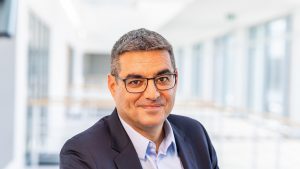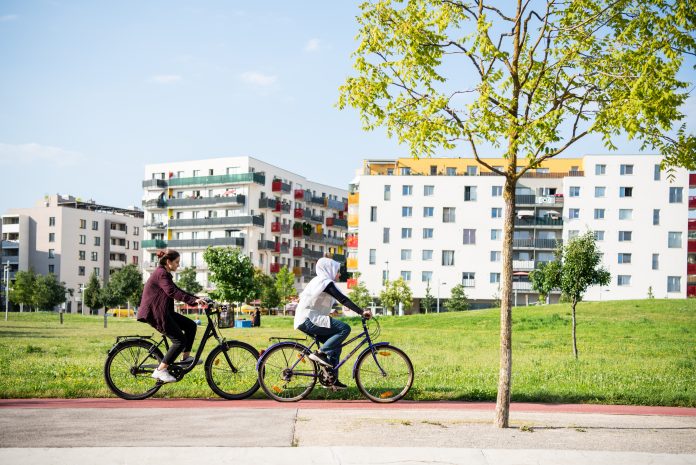In the construction industry, many are still not taking sustainability seriously enough. Consequently, any genuine business case for sustainable development can sometimes get lost in the mix. Nemetschek’s CEO Yves Padrines explains why this needn’t be the case
Across the construction industry, there are countless initiatives and measures to move sustainable developments along and, in turn, help to limit the effects of climate change. But still, the construction industry struggles with wasted resources and a large carbon footprint. It is clear that more needs to be done.
Approaching sustainability as a box-ticking exercise or a bureaucratic obligation is to miss the opportunities that can be exploited to not only improve the environment but also make construction operations more efficient and ultimately more profitable.
Over the entire lifecycle of a building, all professions can plan, build and manage projects much more sustainably by embracing new technologies that are helping to save time, materials and money. The need to improve the sustainability of the sector stems not only from a moral and social obligation but also because it offers the potential to simply build better buildings and do so more cost-effectively.
Moreover, thanks to the availability and accessibility of new digital technologies, sustainable building is no longer an indulgence or a PR exercise to establish green credentials. Vast improvements in both efficiency and productivity are now available for projects of all sizes and all types, making the case for sustainable building now more compelling than ever before.
Digitally designing a sustainable city district
For example, in Vienna, one of Europe’s fastest-growing cities, new digital technologies are helping to meet the needs of modern city-dwellers, while also ensuring that developments are sustainable.
Seestadt Aspern is a new sustainable development in the east of the city. A large proportion of its new buildings and being constructed using prefabrication, with many elements manufactured offsite. They are then transported to the construction site and combined with other building components in sections, saving vast amounts of time compared with having to assemble everything piece by piece onsite, while also significantly reducing material and transportation costs.
This approach is only made possible using software-based planning tools, which allow high levels of detail without the need for expensive physical modelling. As well as lowering costs, it allows more precise planning and optimisation of materials.
It is far easier and more cost-effective to try out different ideas in a digital space than it would in a physical one, and the sophistication of modern digital tools such as BIM and digital twinning provide greater opportunities for innovation and exploration. Prefabricating sections of the building offsite also helps to improve quality control and reduce waste by up to 90%.
World’s first net zero restaurant
Vienna is showing that the development of an entire district can be done sustainably, but what of individual buildings? In Florida, a McDonald’s branch is serving not only as a fast-food restaurant but also as the world’s first net zero restaurant and is now a test bed for sustainable approaches used across the group. The building combines innovative architecture with the latest green technologies to create a branch that generates enough renewable energy to offset all emissions produced, making the building climate neutral.
Over 1,000 solar panels are installed on its 18,000m2 butterfly roof, which is supported by a unique steel structure. Inside the building, heat reduction technologies, natural shading and mobile wall units all help to reduce the impact of the building on the environment. Digital software was used to precisely plan the quantities of concrete needed, while still ensuring structural integrity.
Digitalisation is opening up new opportunity for sustainable development
On both large and small projects, digitalisation is opening up new possibilities for building projects in terms of improving construction efficiency, while ensuring that targets are met, and budgets are kept to.
Crucially, the digital tools available to the projects described above are no longer the preserve solely of large developers with deeper pockets, as their low cost compared with traditional alternatives now puts them well within reach of any project. Sustainability is no longer merely a “nice to have”. It is a practical necessity to build a better future, in more ways than one.
Yves Padrines

CEO
Nemetschek
Tel: +49 89 540459-0





![[Video] Fireco: 80 new fire doors required for residential flats in London](https://www.pbctoday.co.uk/news/wp-content/uploads/2025/04/2024-06-01-Lords-view-one_1200x750_004-218x150.webp)








